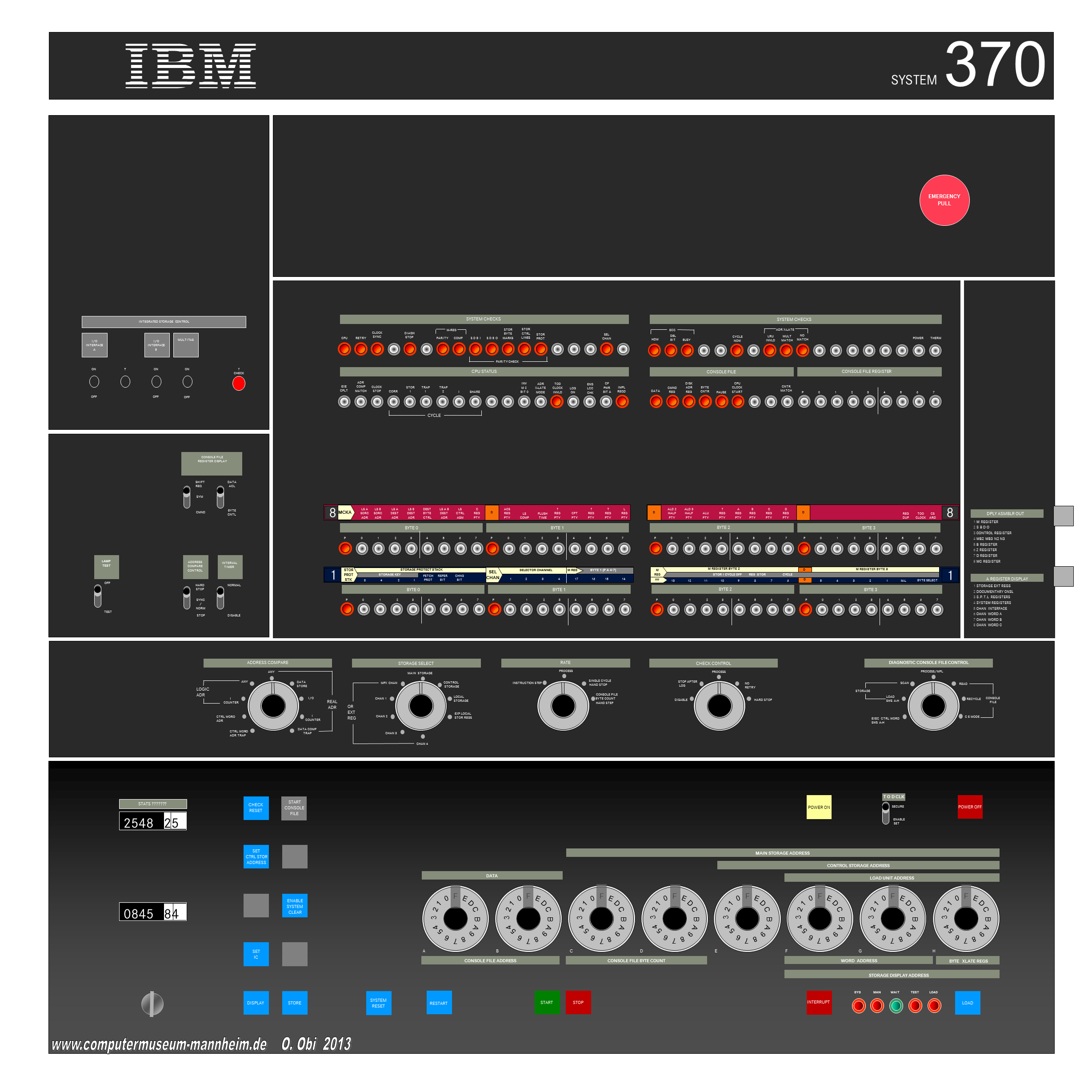easysurfer
Give me a museum and I'll fill it. (Picasso) Give me a forum ...
- Joined
- Jun 11, 2008
- Messages
- 13,151
I stumbled upon videos of vintage computers by someone who has a really nice collection.
He give a great narration of the history of each computer in his videos.
If you are interested in that sort of thing (brings back memories of looking through magazine ads of those computers), check them out :
:
https://www.youtube.com/user/tezzaNZ/videos
He give a great narration of the history of each computer in his videos.
If you are interested in that sort of thing (brings back memories of looking through magazine ads of those computers), check them out
https://www.youtube.com/user/tezzaNZ/videos

